Spray Foam Installation: What to Expect From Start to Finish
Few insulation options are as effective or long-lasting as spray foam. Unlike traditional insulation materials like fiberglass or cellulose, spray foam expands to fill every nook and cranny, providing an airtight seal that reduces energy loss, prevents moisture intrusion, and improves overall comfort. If you’re considering upgrading your home’s insulation, understanding what to expect during a spray foam installation can help make the process smoother and less stressful. We’ll walk you through the steps from start to finish and explain how working with a professional spray foam insulation company ensures a high-quality outcome.
Initial Consultation and Assessment
The first step in any spray foam installation begins with a consultation with a reputable spray foam company. During this initial meeting, the company will assess your home’s existing insulation, identify areas where heat or air may be escaping, and determine the best type of spray foam for your needs—either open-cell or closed-cell foam.
Open-cell foam is softer and more flexible, making it ideal for interior walls and areas where soundproofing is a priority. Closed-cell foam is denser and provides superior moisture resistance, making it a good choice for basements, crawl spaces, and areas exposed to high humidity. Your insulation professional will explain the pros and cons of each type and help you decide which is most appropriate for your home.
In addition to evaluating the insulation type, the spray foam insulation company will also measure the square footage of the area to be covered. This helps in calculating the materials needed and provides a more accurate estimate for the project. You can expect the company to ask questions about your goals, such as whether you want to maximize energy efficiency, reduce noise, or prevent mold growth, ensuring that the insulation plan aligns with your needs.
Preparing the Space
Proper preparation is crucial for a successful spray foam installation. Before the technicians arrive, the company may advise you to move furniture away from walls, remove fragile items, and ensure pets or children are kept safely out of the work area. Spray foam can expand quickly and create fumes during application, so a clean and organized space makes the process smoother and safer.
Once on-site, the spray foam company will begin by sealing off areas that do not require insulation, covering vents, windows, and other surfaces that could be affected. Technicians often use plastic sheeting and tape to protect floors and furniture from overspray. Ventilation is also essential, as the chemicals in spray foam can release odors during application, though these typically dissipate within a few hours once the space is aired out.
The preparation stage also includes checking for moisture or leaks in the space to be insulated. Spray foam is most effective when applied to dry surfaces, and any pre-existing water damage needs to be addressed beforehand. By taking the time to properly prepare, the spray foam insulation company ensures that the insulation will adhere correctly and provide the maximum thermal and air-sealing benefits.
The Application Process
Once the area is prepared, the spray foam installation can begin. Technicians use specialized equipment that heats and mixes the foam components just before application. The mixture is then sprayed onto walls, ceilings, or other surfaces, where it expands and hardens within seconds. This rapid expansion allows spray foam to fill gaps, cracks, and cavities that traditional insulation methods often miss.
During application, it’s common for technicians to work in layers, particularly for closed-cell foam, to ensure even coverage and proper thickness. The thickness of the foam can vary depending on the insulation goals and building codes. For example, walls may require a few inches of foam, while attics or basements may need additional layers for optimal thermal performance.
According to Bob Vila, spray foam is up to 50% more effective than many traditional insulation materials, providing a higher R-value per inch and significantly reducing energy loss. This efficiency is one of the primary reasons homeowners choose spray foam over fiberglass or cellulose, as it can lower heating and cooling costs while maintaining a more consistent indoor temperature year-round.
Safety is a top priority during application. The spray foam insulation company’s technicians wear protective gear, including masks, gloves, and suits, to prevent skin contact and inhalation of fumes. They also monitor the curing process to ensure the foam expands correctly without leaving voids or uneven spots.
Curing and Inspection
After the foam has been applied, it needs time to cure and harden. The curing process can take anywhere from a few hours to a full day, depending on the type of foam and the environmental conditions. During this period, it’s essential to keep the area well-ventilated and avoid disturbing the foam. Once cured, the foam becomes a rigid, durable barrier that enhances the energy efficiency and structural integrity of your home.
Once the foam has fully cured, the spray foam company will conduct a thorough inspection to ensure complete coverage and proper thickness. Technicians may trim any excess foam that expands beyond the intended area and check for gaps or inconsistencies. A quality inspection guarantees that the insulation performs as expected and prevents issues such as air leaks, moisture infiltration, or uneven thermal performance.
Additionally, the inspection allows the homeowner to address any concerns or adjustments before the project is considered complete. The company may also guide on maintaining the insulation, such as avoiding damage during renovations or understanding how the foam interacts with other building materials.
Cleanup and Post-Installation Tips
Once the spray foam has cured and passed inspection, the final step is cleanup. The spray foam insulation company will remove protective coverings, tape, and any debris from the work area. Floors, furniture, and other surfaces are wiped down, leaving your home ready for normal use.
After installation, there are a few important considerations to keep in mind. Ventilate the space thoroughly, especially if any residual odor from the foam remains. While most modern spray foams are low-VOC and safe once cured, proper airflow helps ensure any lingering fumes dissipate quickly.
Homeowners should also be aware that spray foam is permanent and not easily removed, so future renovations may require careful planning to avoid damaging the insulation. Additionally, inspecting the foam periodically for signs of settling, cracking, or water intrusion can help maintain its effectiveness over time.
Spray foam insulation offers a superior solution for homeowners seeking to enhance energy efficiency, comfort, and overall building performance. From the initial consultation to final cleanup, understanding the installation process can help you prepare for a smooth and successful experience. Working with a professional spray foam insulation company ensures that every step, from space preparation and foam application to curing and inspection, is handled with expertise and attention to detail.
Whether you’re looking to reduce energy bills, improve indoor air quality, or prevent moisture damage, spray foam installation is a smart investment for any home. By knowing what to expect from start to finish, you can approach the project with confidence, ensuring your home remains comfortable, efficient, and protected for years to come. Choosing the right spray foam company is key to achieving optimal results and maximizing the benefits of this high-performance insulation solution.
Keep your home comfortable year-round by partnering with Ultimate Spray Foam, LLC, the premier spray foam insulation company for reliable results.
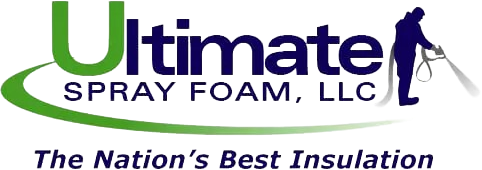
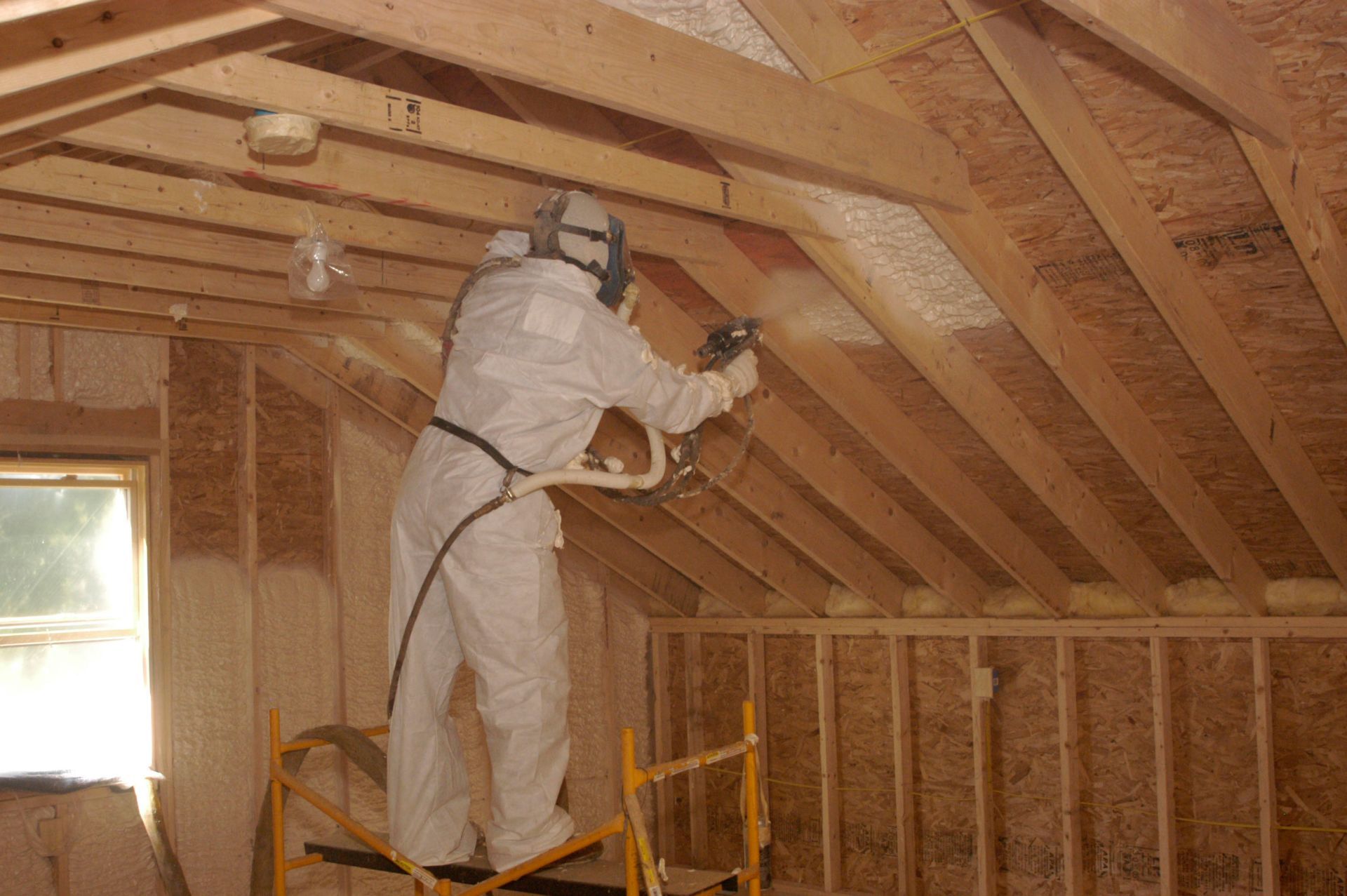
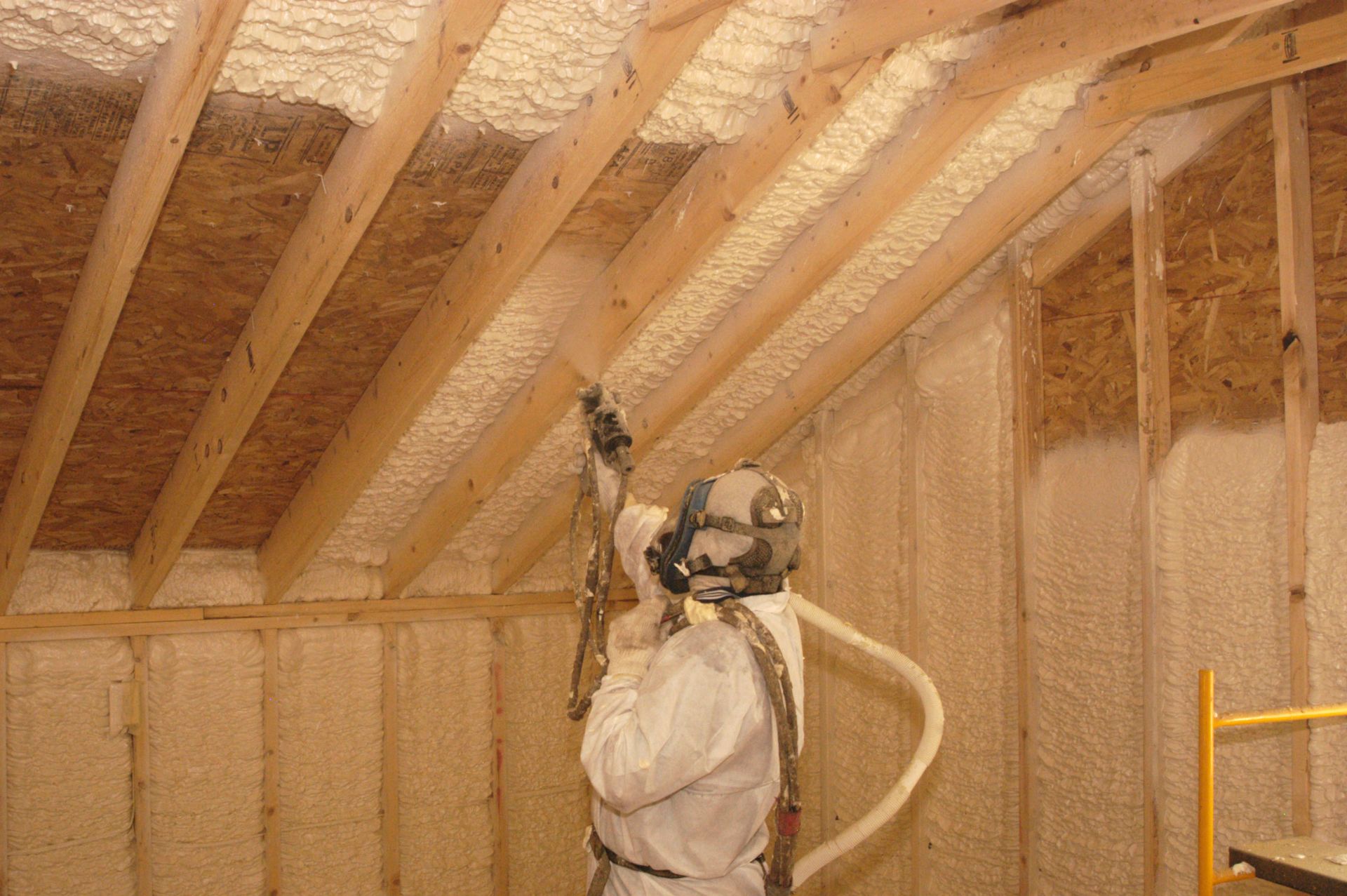
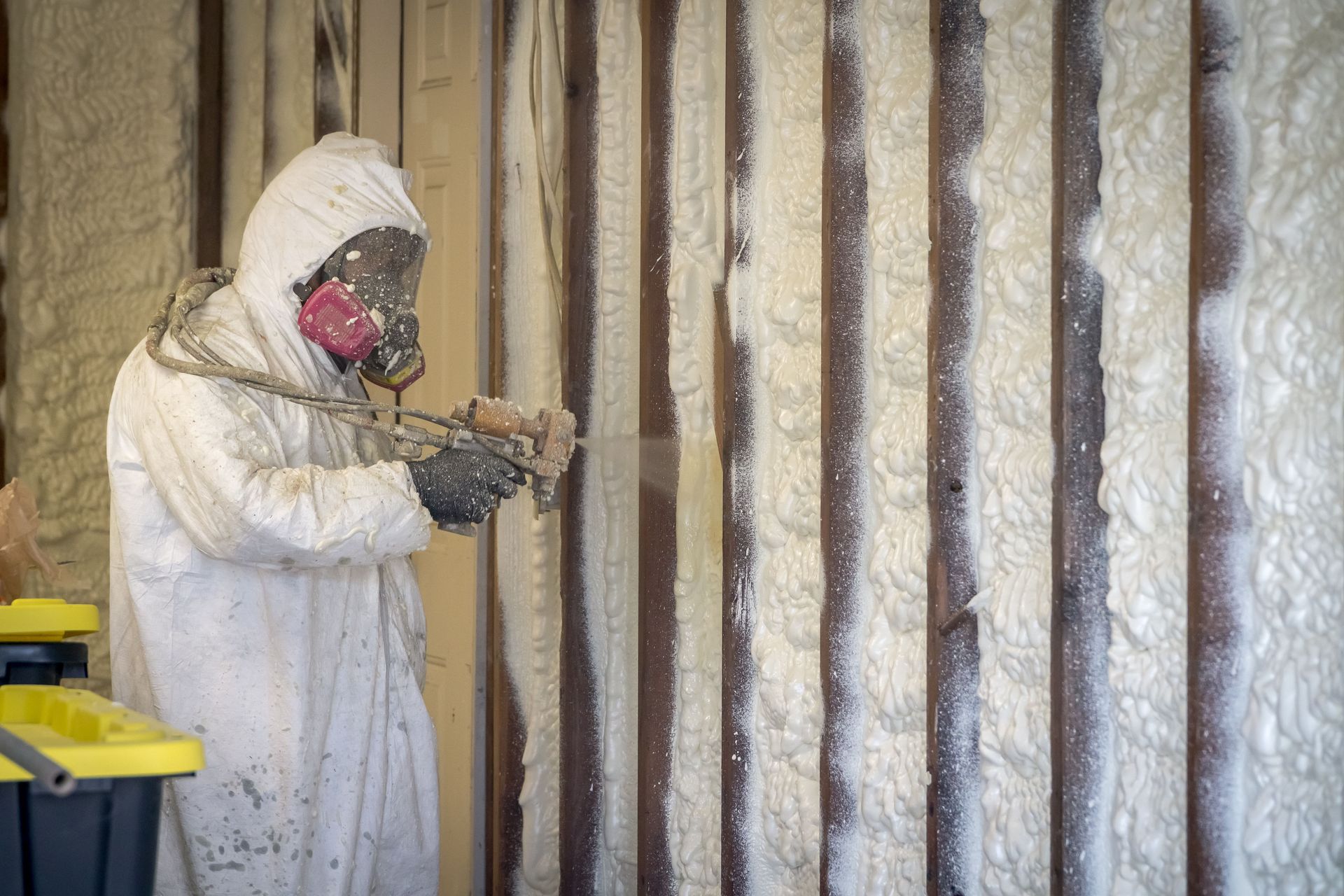
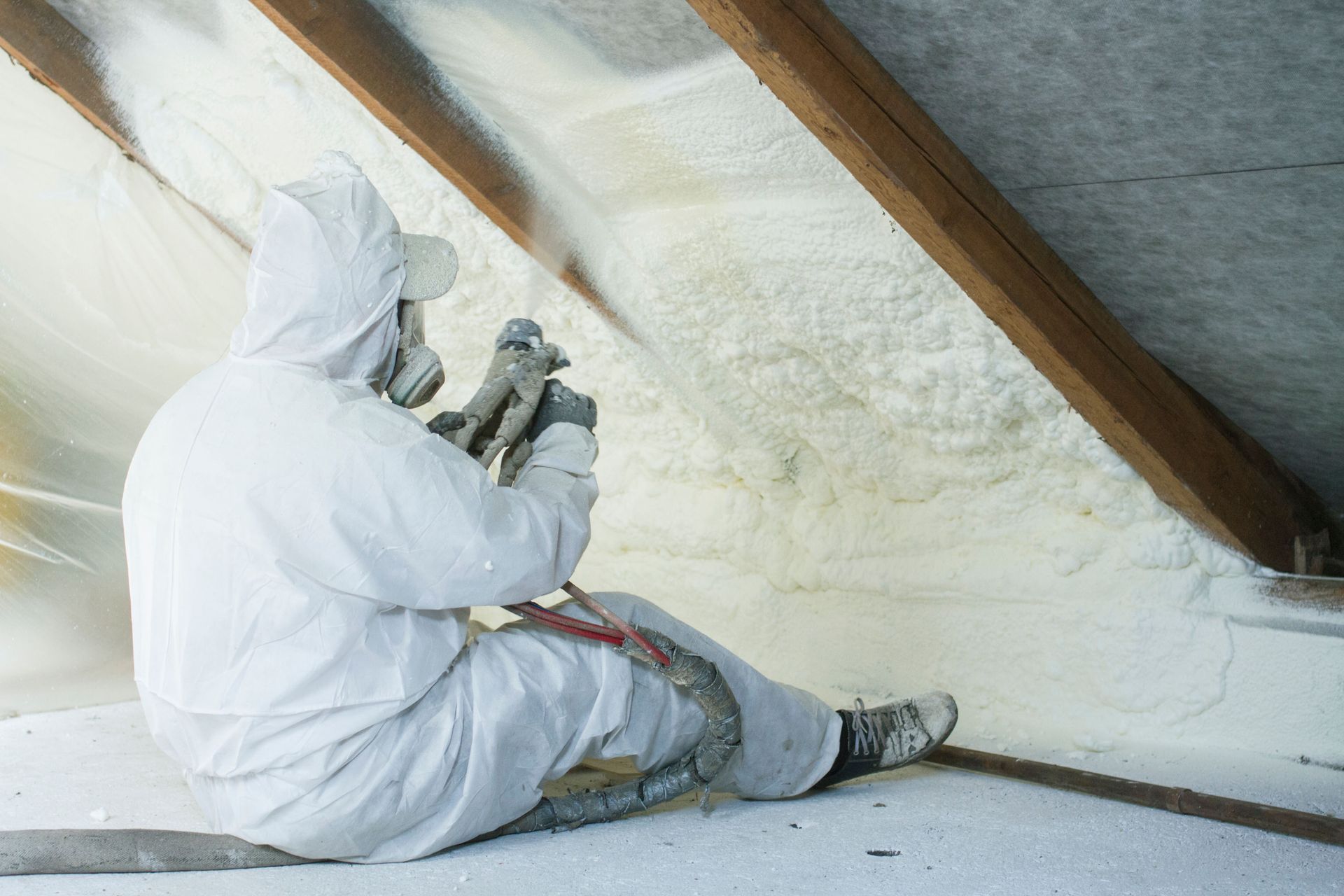
Share On: